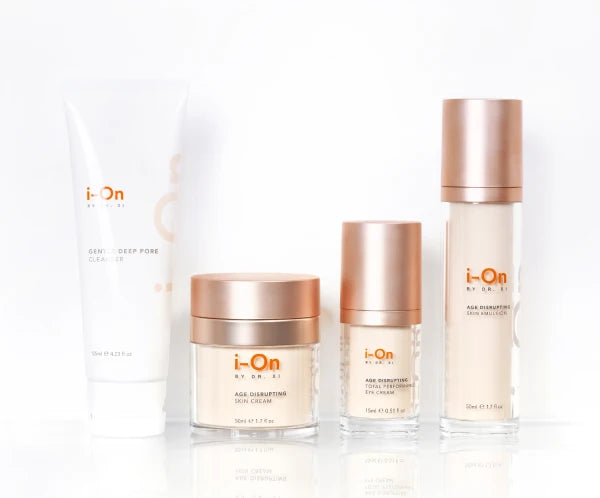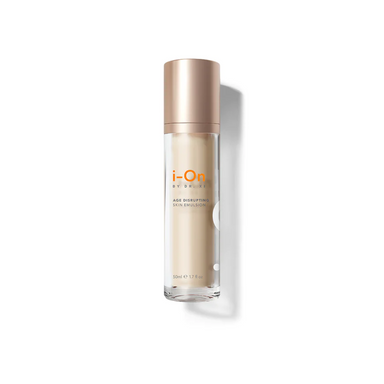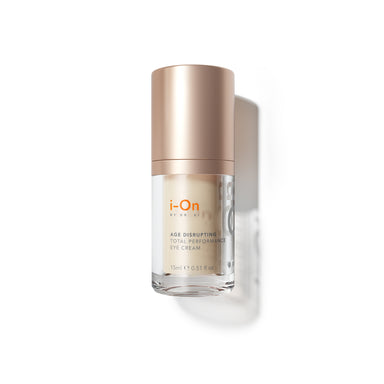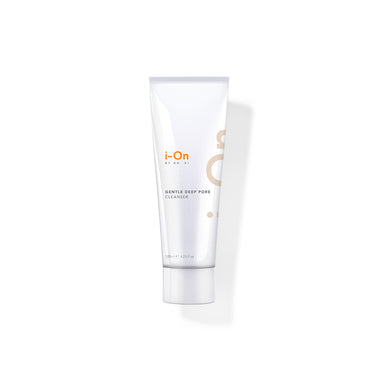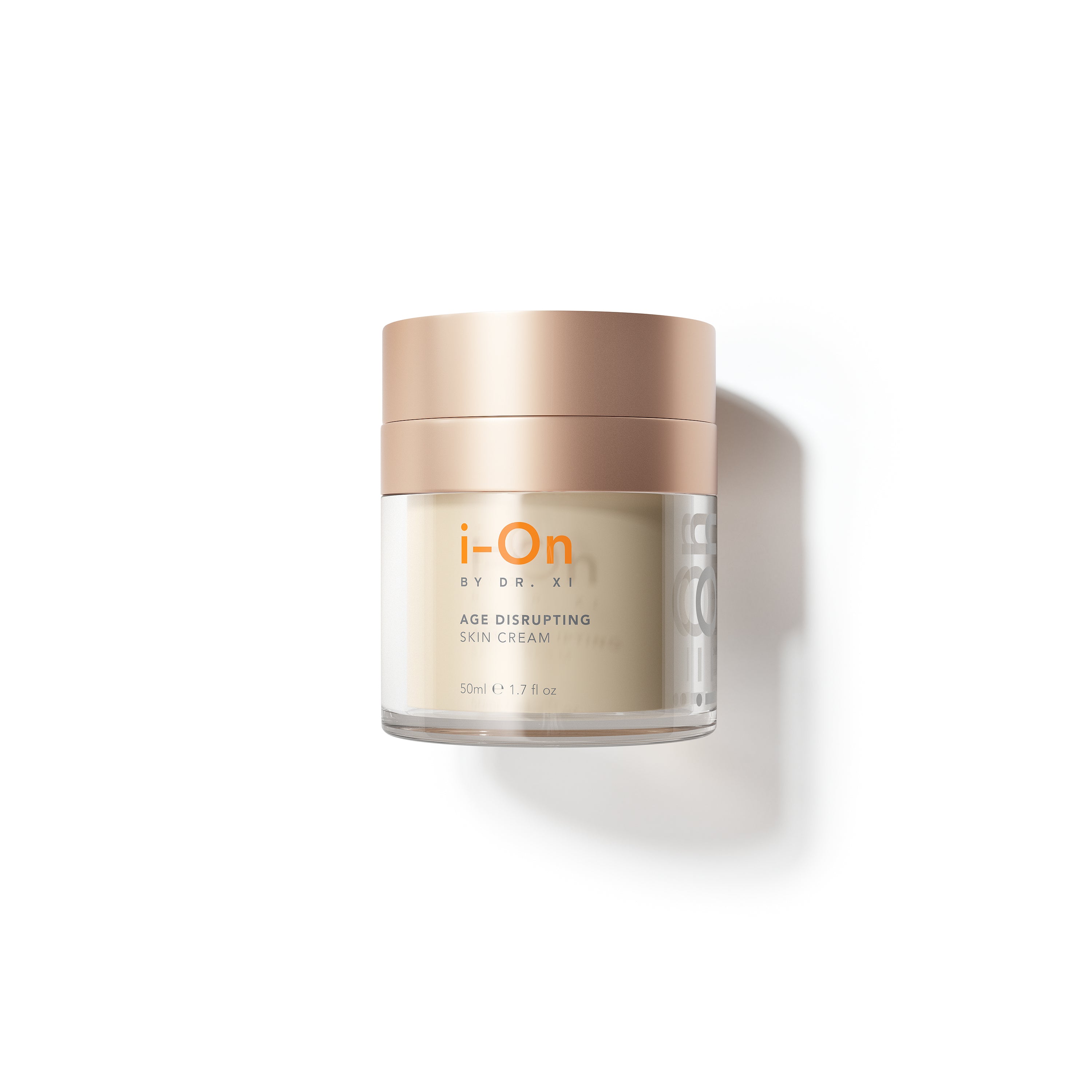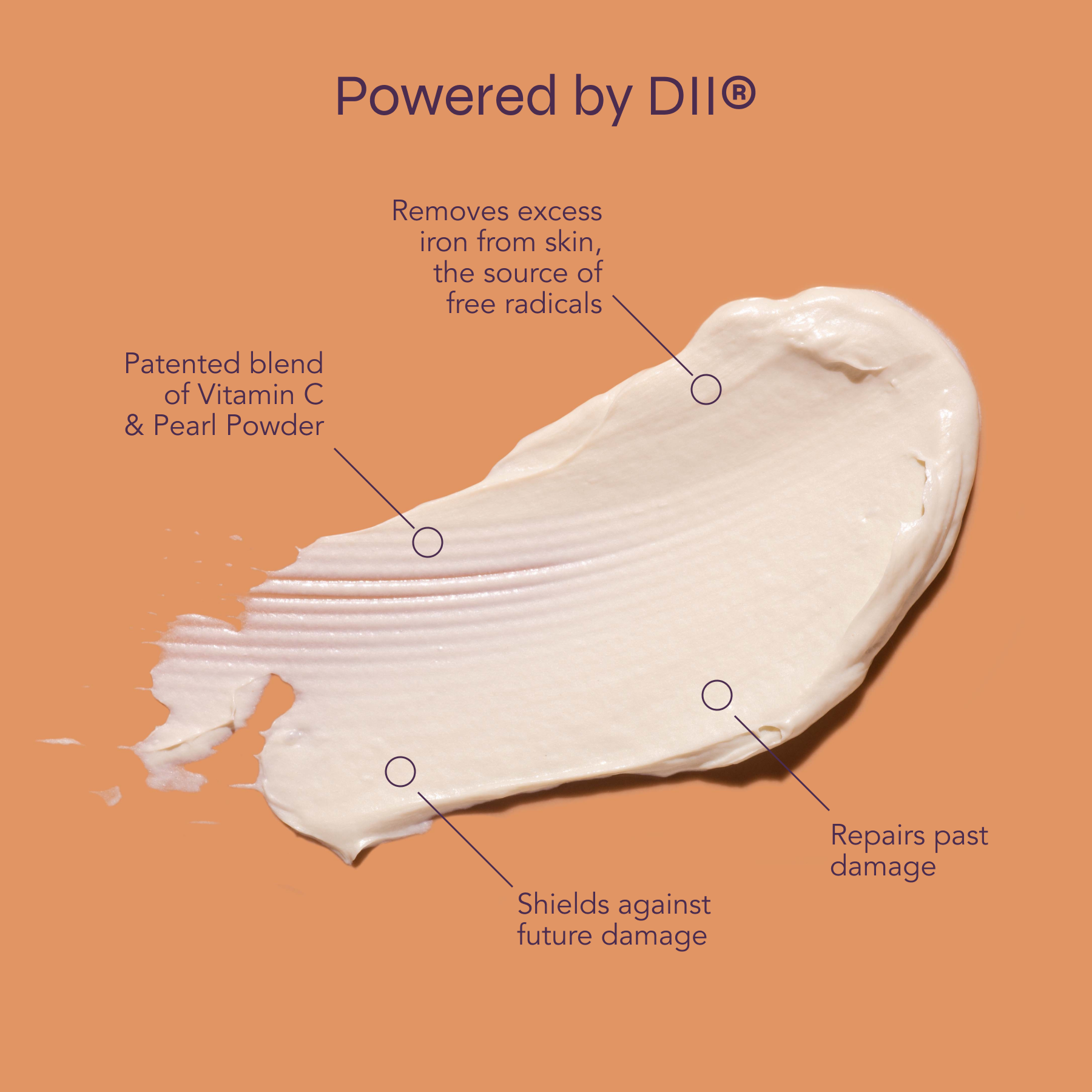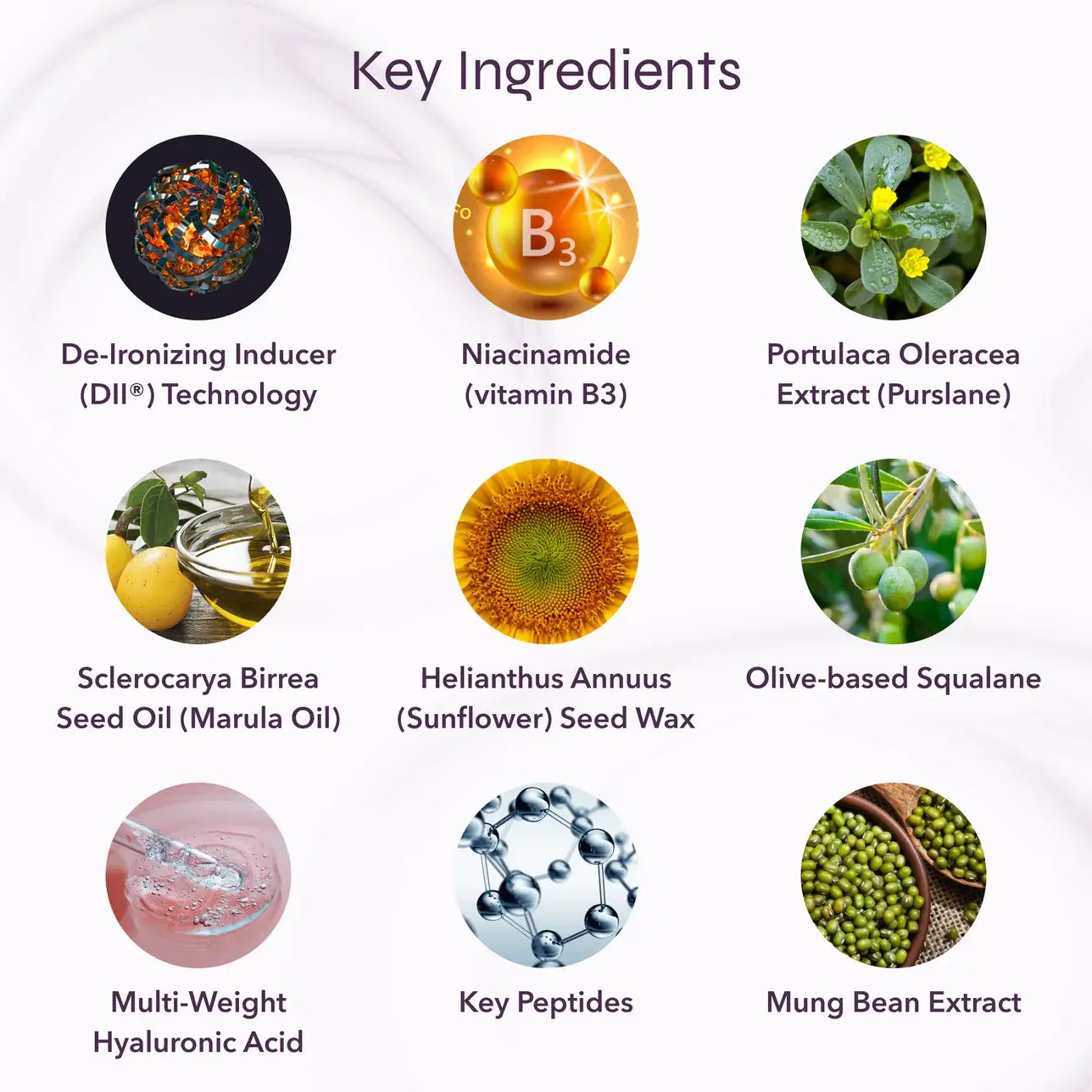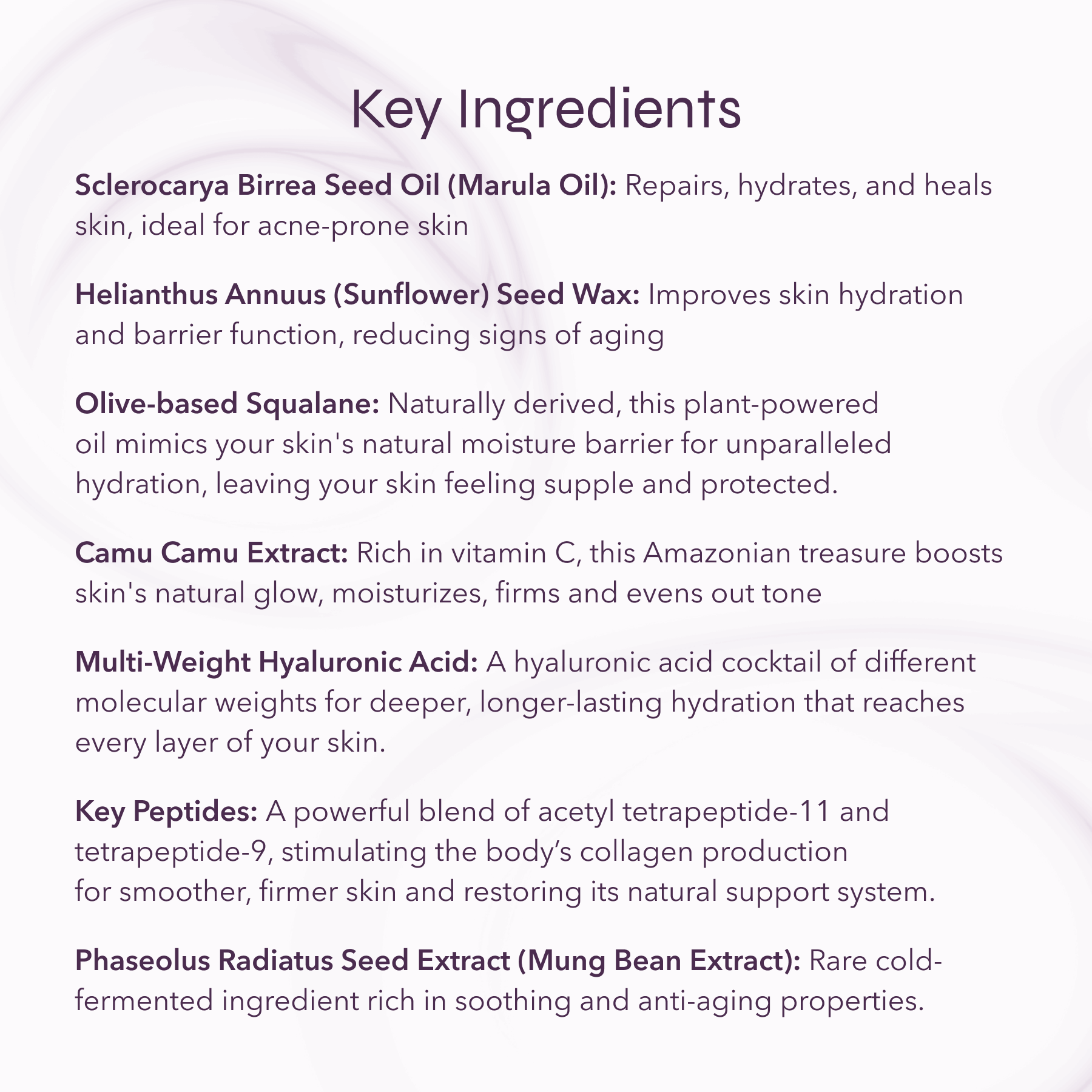Excess iron accumulates on your skin resulting from age, makeup, menopause, pregnancy, and environmental factors. This excess iron is the cause of oxidative damage and visible signs of aging. Only i-On By Dr. Xi® offers a breakthrough solution. Our patented skincare technology obstructs the formation of oxidants by removing iron from the surface of the skin, thereby preserving your skin’s natural beauty. While others rely on antioxidants to repair damage afterward, we proactively shield your skin, halting oxidative stress before it begins.
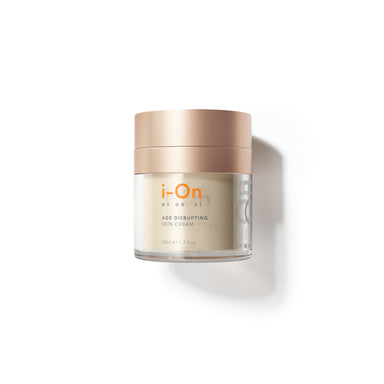
Rewrite the Rules of Aging with i-On By Dr. Xi® Age Disrupting Skin Cream. Don't settle for skincare that merely conceals time. Enter the realm...
View full details